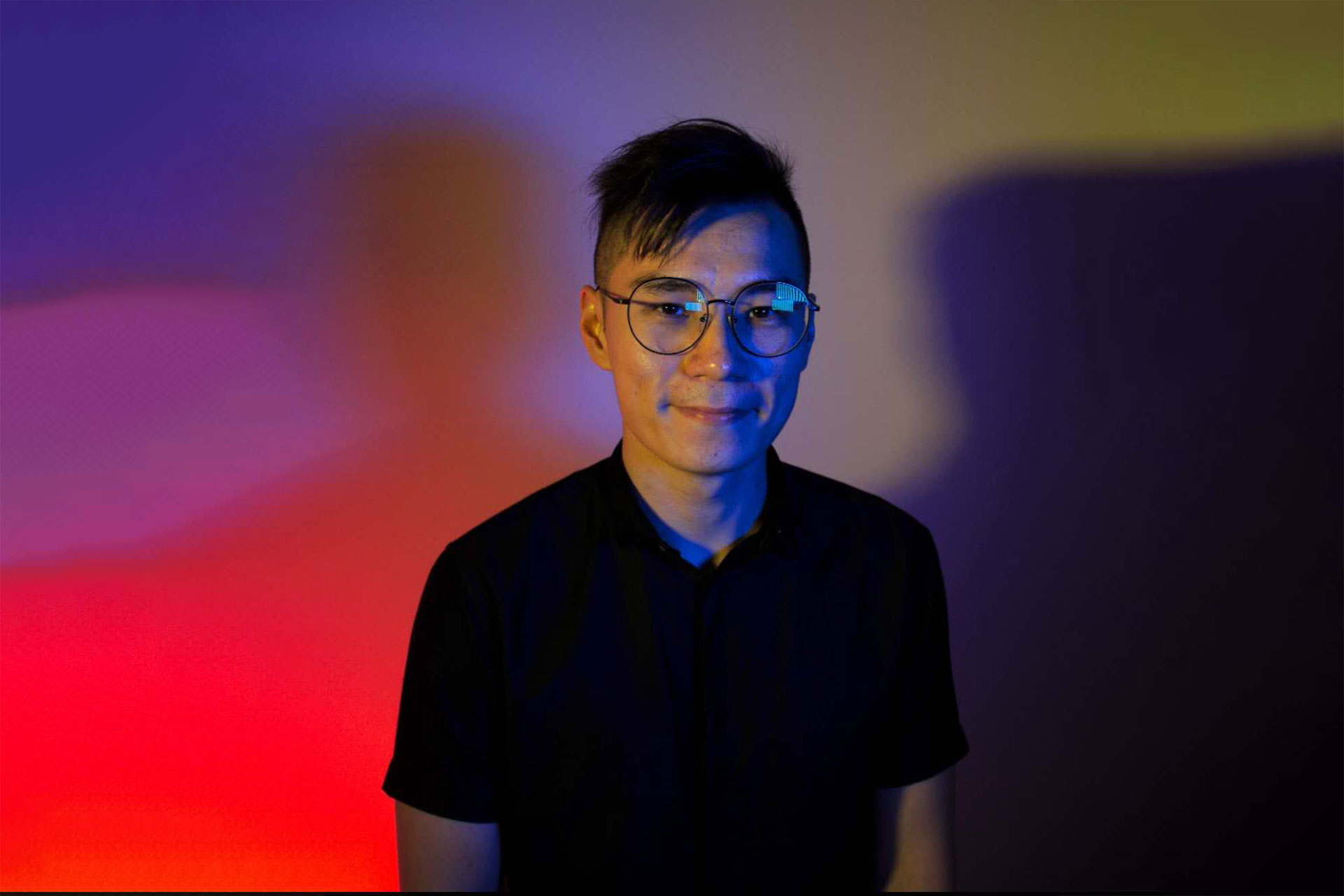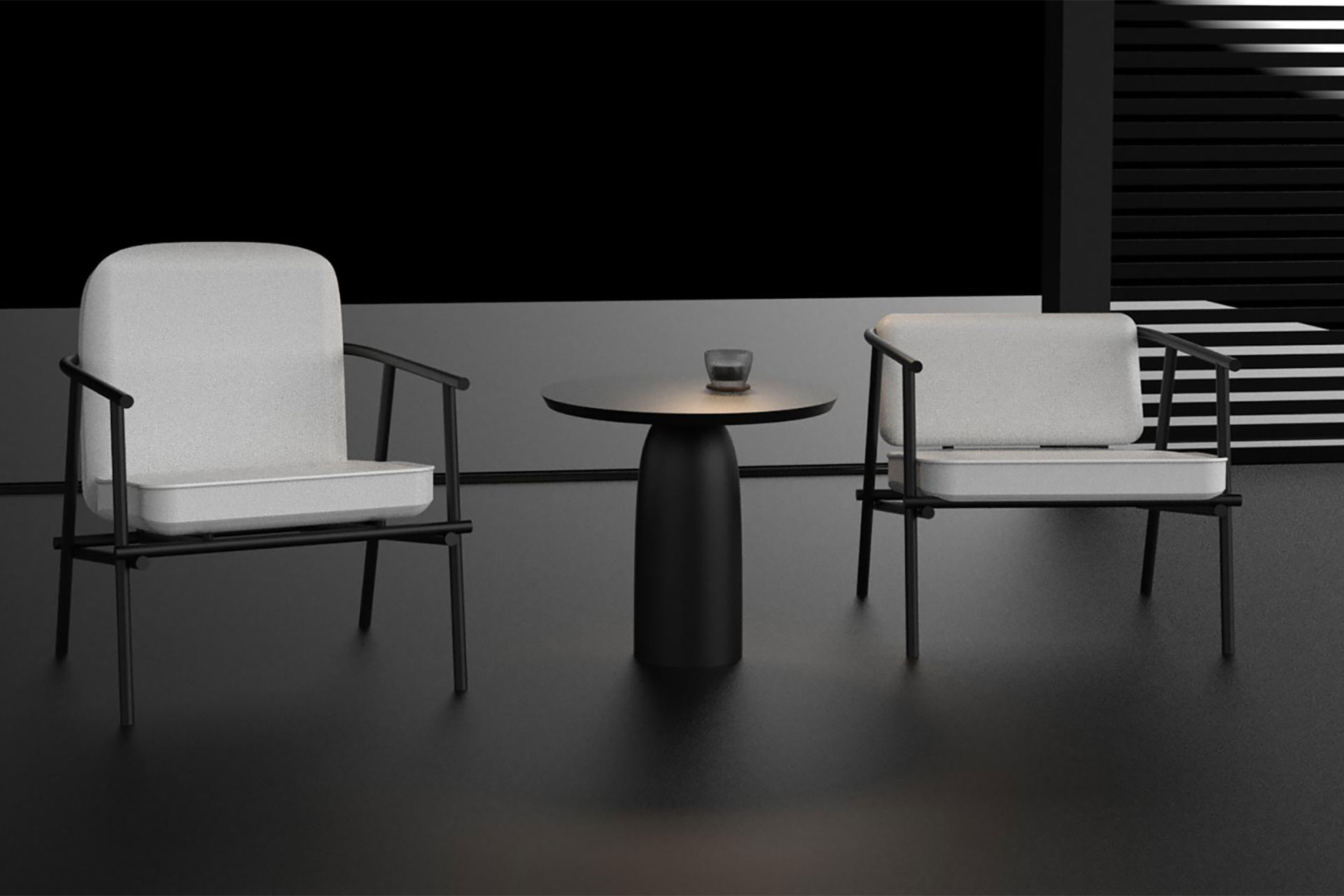1Please give us a brief bio of yourself and your design background.
I am an industrial designer in YSQ International, in Singapore. Having being in the tobacco industry for 2 years, I design mostly electronic devices to allow consumers to enjoy using a portable device. After graduating in industrial design from NUS, Singapore.
I found myself doing medical design in Agilent Technologies ,Karlsruhe Germany. It has allowed me to explore usable design using my prototyping skills. Since then, I have moved onto the furniture industry and now the electronic industry.
2What made you become/why did you choose to become a designer/artist?
I made my first sofa and solid work furniture in 2013 when I was in school studying interior design. I didn’t understand that it required an artist approach and using hand and materials to produce a 1:1 furniture. I enjoyed seeing material like felt fabric, how it can be turned into a furniture piece.
3Tell us more about your business/company, job profile, and what you do.
YSQ International is a tobacco manufacturing company that produces cigarettes. Tapping into the digital device approach, we hope to convert traditional smokers to the heated consumed cigarette.
Heated cigarette as compared to the traditional cigarette uses the battery to power the heat and burn the tobacco leaves instead of the traditional method of combustion.
4What does “design” mean to you?
Design is an emotion. To design is to give meaning to the object created. It is an emotional object because the exterior form of an object makes us feel a certain way. Sometimes a softer form are able to make us happy. Design exists to please the user through a practical function.
5What’s your favorite kind of design and why?
My favourite will be a basic design, a design that doesn’t look like there was another step to create beautifying element. Nature serves as an inspiration to me and when the material behaves how it should be, I feel that it is natural.
6To you, what makes a “good” design?
Good design is honest and not pretentious. A Good design is costly because the designers are trying to create something that no one has attempted and being innovative in the concept of the manufacturing. Good design to me is to create something that is extraordinary and spread the positivity.
7Describe your design style and its main characteristics.
My style is a modern rugged type. This method is to give a modern look to replace the existing look of the object. The main characteristic is clean edges with intricate details.
8Tell us about your design process.
When I receive a project brief, I will start the project with a competitor’s product research. Then, I will create a mood board, to capture the essence of the concept and make 3 prototypes. After the prototype, I will 3D print the detail and I will refine the details. The final touch is to go back to pen and paper to sketch to study the overall look, and restart the cycle of prototyping.
9Do you think your country and its cultural heritage has an impact on your design process?
Living in Singapore has allowed me to refine my concept of using less material and achieve more. The design scene in Singapore is focused on catching up to design trends, hence, it does not really encourage one to stay on one area of design for long. The designers have to always upskill their style to meet commercial needs.
However, for me I came to a realization that I love repeating one single action of sculpting clay for a long period. I found a quiet space to continue making small iteration and refinement on the clay prototype and that has slowly develop my style.
10Congratulations! As the winner of the 2023 MUSE Design Awards, what does it mean to you and your company and team to receive this award distinction?
It is very encouraging because as an independent designer, I was glad that I took risk for these projects. It is always safer to choose an easier method to design and to execute the project, however, taking the harder route sometimes might lengthen the ideation period. As a winner of the 2023 MUSE Design Awards, I feel honored.
11Can you explain a bit about the winning work you entered into the 2022 MUSE Design Awards, and why you chose to enter this project?
It is really encouraging because these 2 years has been especially challenging for independent designers. During COVID-19, furniture manufactures were trying to keep the assembling pipe line moving as per normal. However, proposing a change in the construction technique was frowned upon and I was slightly discouraged by that fact that, furniture manufactures were reluctant to try any new method of construction. Hence winning this, under this category was heartening for me.
12What was the biggest challenge with this project?
My main difficulty was to convince the furniture manufacturers to change their existing ways of manufacturing furniture. Manufacturers are used to the simplest and most efficient method , hence it is slightly challenging to allow them to try another method of construction.
13How has winning an Award developed your practice/career?
It has given me more confidence in developing concepts and broadened my perspective on manufacturing methods. Winning this award has allowed me to see how concepts can come to life, it made me realize that prototype and rendering are ways to visualize the project.
14What makes your country specifically, unique in the design industry?
In Singapore, there is a very strong UIUX design. Hence, developing hardware has been an interesting area in my country because I have to find resources and the right manufacturer to produce my work.
15Where do you see the evolution of design industry going over the next 5-10 years?
The next topic is to discuss circular design and how the products will have an even lasting appearance. How to get consumer to choose something which is more timeless and long lasting, so that as designer we don’t keep encouraging the buying and replacement mentality.
16If you were a student entering this industry or an aspiring MUSE Design Awards submitter, what advice would you give them?
Design your style and be patient. Do not rush into something because everyone else is doing that.
17What resources would you recommend to someone who wants to improve their skills in the design industry?
Behance is a good platform. Fiverr will be good for freelancing and Pinterest will be great!
18Tell us something you have never told anyone else.
I thought that creative projects can just focus on manufacturing but I was wrong.
19Who has inspired you in your life and why?
My professor in my university gave me the confidence to continue developing my work. Without their encouragement in school, I would probably have a very narrow vision of design. Having tried medical design, fashion design, furniture design and electronic design. I enjoyed doing these categories. I will be doing and focus more in my brand and designing more projects under my name.
20What is your key to success? Any parting words of wisdom?
Trying and taking the less common route.
21Do you have anything else you would like to add to the interview?
Try and take the harder route because you might not see the immediate outcome but it is worth it.




